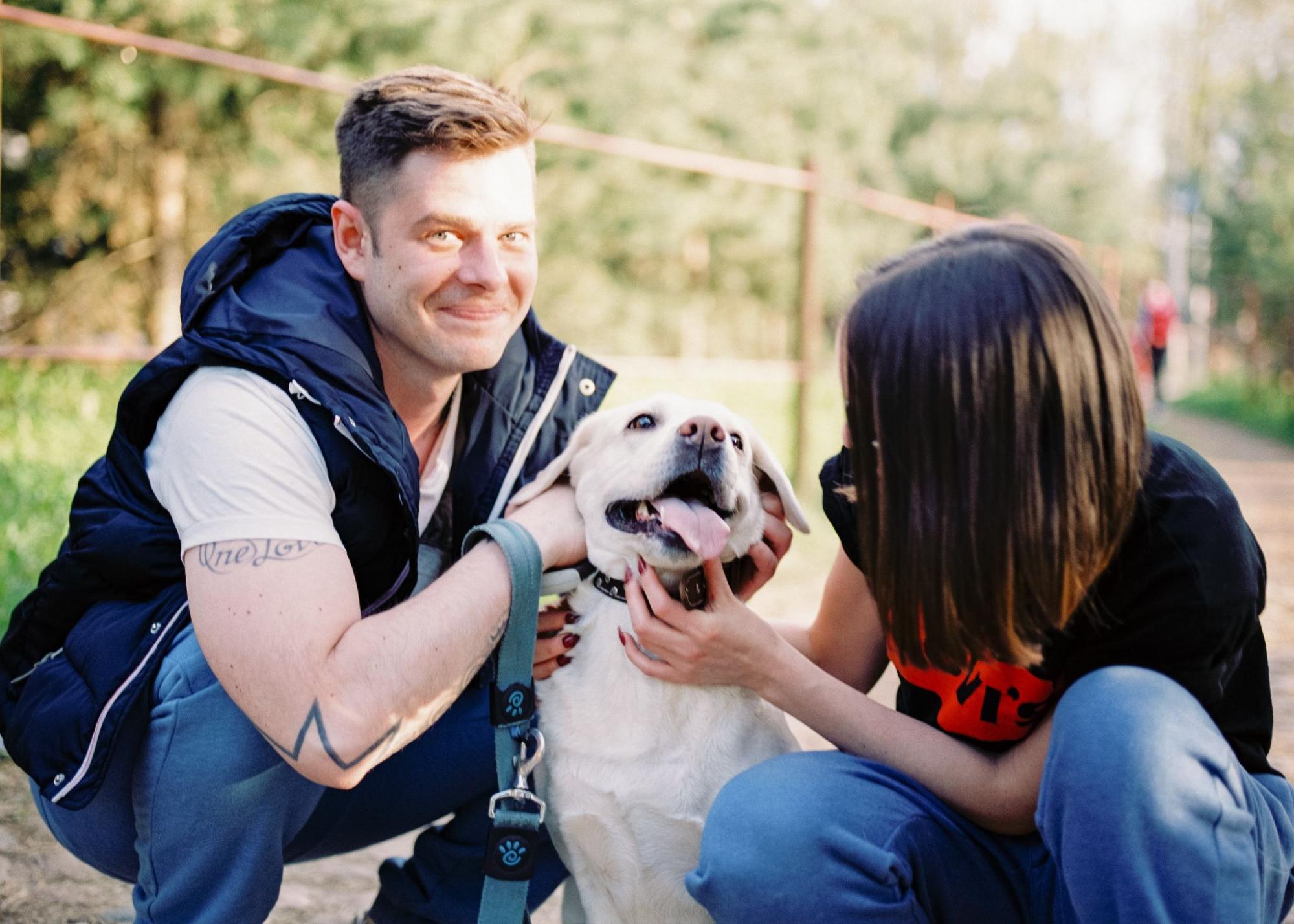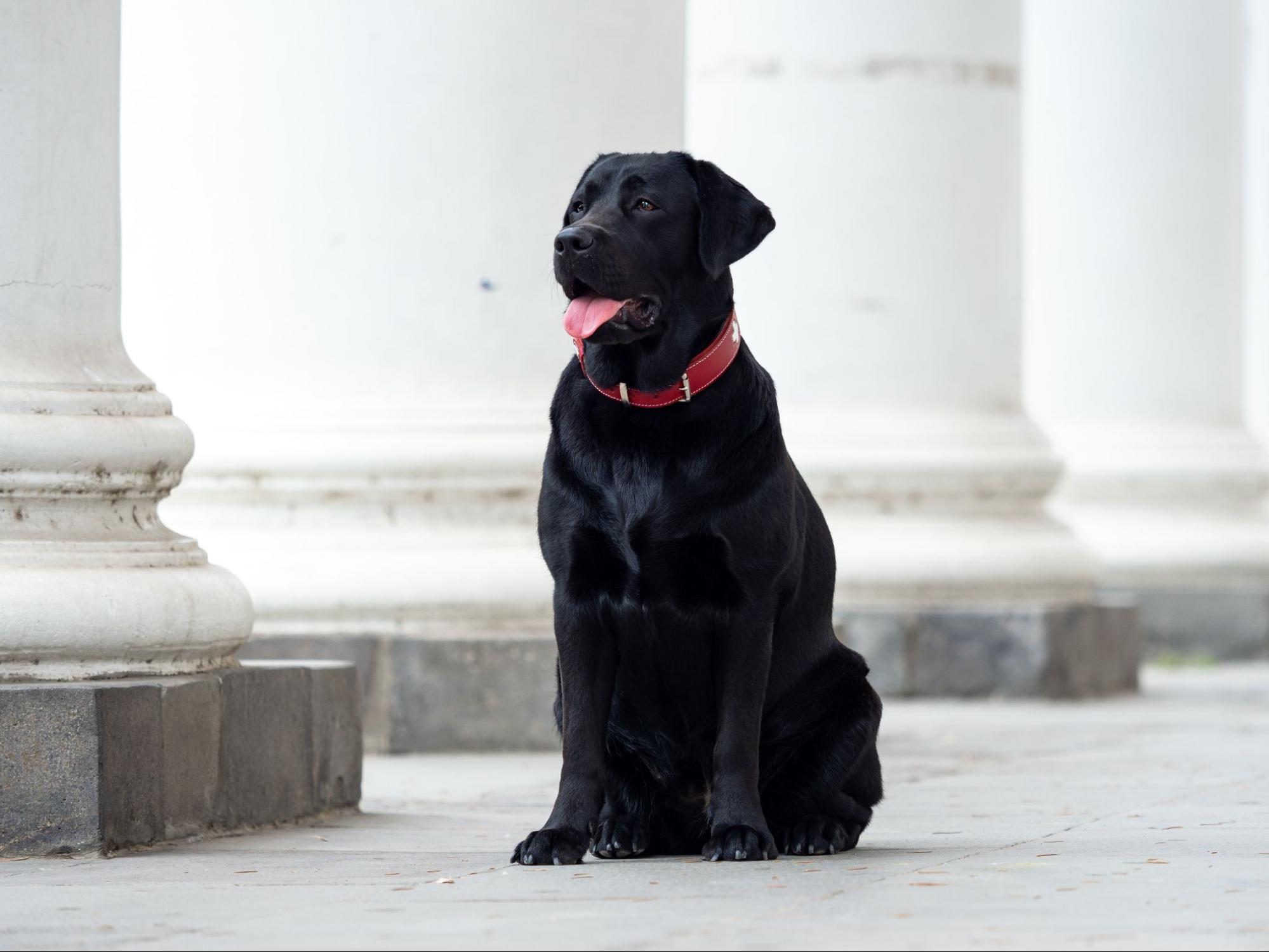
How to Stop a Dog From Running Out the Door
If you’re a dog owner, you’ve probably experienced the frustration and worry that comes with your beloved Labrador running out the door. It can be dangerous for both your furry friend and others around them. But fear not! In this article, I’ll share some effective tips on how to stop a dog from running out the door.
One of the most important steps in preventing your Labrador from bolting out the door is proper training. Teaching them basic obedience commands like “sit,” “stay,” and “come” can make a world of difference. Practise these commands consistently so that they become second nature to your dog.
Another useful strategy is creating a designated area near the entrance where your dog can wait calmly before going outside. This could be an exercise pen or a specific spot marked by a mat or rug. By teaching your Labrador to associate this area with waiting patiently, you can effectively reduce their urge to dash out when the door opens.
Additionally, it’s crucial to reinforce positive behaviours and discourage negative ones. Rewarding your dog with treats, praise, or playtime whenever they remain calm at the door will encourage them to repeat this desirable behaviour. On the other hand, avoid scolding or punishing them when they do run out as this may create fear or anxiety around doors.
By implementing these training techniques consistently and providing ample positive reinforcement, you’ll soon notice significant improvements in your Labrador’s behaviour when it comes to running out of doors. Remember, patience and consistency are key when working with our furry friends!
So there you have it – some practical tips on how to stop a dog from running out the door, specifically tailored for Labradors but applicable to any breed. With dedication and persistence, you’ll be able to ensure their safety while also bringing peace of mind to yourself and those around you.

Why Dogs Run Out the Door
As a dog owner, it can be incredibly frustrating when your furry friend dashes out the door as soon as it opens. Understanding why dogs exhibit this behaviour can help us address and prevent it effectively.
1. Curiosity and Exploration: Dogs are naturally curious creatures, and when they see an open door, their instinct is to explore the world beyond. They may simply be seeking new smells, sights, or sounds that pique their interest.
2. Lack of Exercise or Mental Stimulation: A bored or under-stimulated dog might seize any opportunity to escape through the door in search of excitement or adventure. This is particularly true for high-energy breeds like Labradors who thrive on physical exercise and mental enrichment.
3. Socialisation and Attention-Seeking: Some dogs may run out the door because they crave social interaction or attention from people or other animals outside. They may perceive going outside as an opportunity to meet new friends, play fetch, or engage in other social activities.
4. Fear or Anxiety: In certain cases, dogs may bolt out of the door due to fear or anxiety triggers such as loud noises (thunderstorms, fireworks), unfamiliar visitors, or previous negative experiences associated with being indoors.
5. Training Gaps: Dogs that haven’t received consistent training regarding boundaries and impulse control may not understand that running out the door is unacceptable behaviour. It’s essential to establish clear rules and reinforce them consistently during training sessions.
Preventing dogs from running out the door requires a proactive approach centred around addressing these underlying causes:
- Ensure your dog receives regular exercise and mental stimulation to alleviate boredom.
- Use positive reinforcement techniques to teach your dog basic obedience commands like “sit” and “stay.”
- Practice desensitisation exercises by gradually exposing your dog to triggers that might cause fear or anxiety.
- Create a designated safe space indoors where your dog can retreat during stressful situations.
- Implement management strategies like using baby gates or leashing your dog before opening the door.
Remember, patience and consistency are key when training your dog to prevent running out the door. With time and effort, you can help them understand that staying indoors is safe and rewarding.